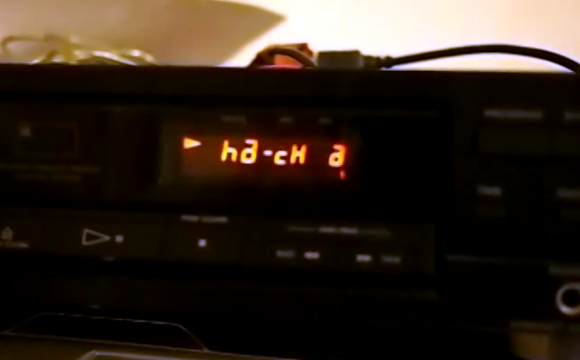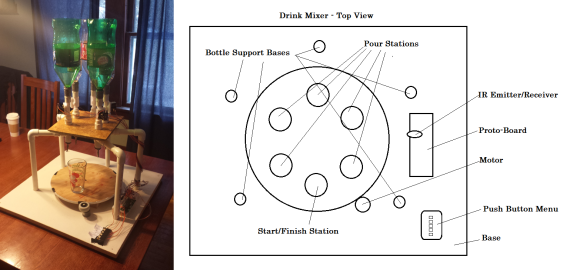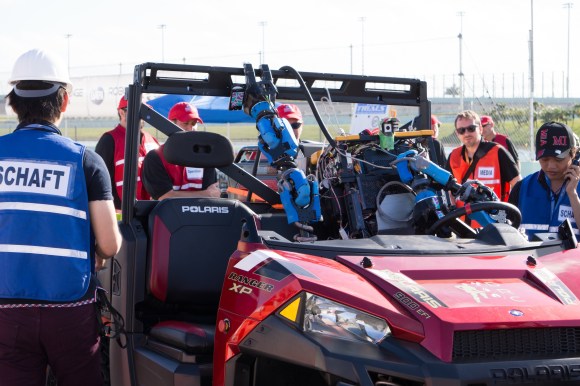 [Sebastian] works at an engineering company testing car ECUs, head units, and all the confusing wiring harnesses found in the modern-day automobile. It’s good work, but not exactly fun, so [Sebastian]’s bosses bought a foosball table so the employees could unwind. The foosball tables have been there for several years, and now everyone at the company is really, really good at twirling little football players on a stick. With their current rule set (at least 6 goals and 2 goals ahead), matches last at least twenty minutes.
[Sebastian] works at an engineering company testing car ECUs, head units, and all the confusing wiring harnesses found in the modern-day automobile. It’s good work, but not exactly fun, so [Sebastian]’s bosses bought a foosball table so the employees could unwind. The foosball tables have been there for several years, and now everyone at the company is really, really good at twirling little football players on a stick. With their current rule set (at least 6 goals and 2 goals ahead), matches last at least twenty minutes.
[Sebastian] came up with a solution to this problem: a KickerClock – something between a chess clock and an automated score keeper for foosball. The device has two seven-segment displays for each team, and a countdown timer for both of the four and a half minute rounds. All the documentation is up in [Sebastian]’s Google Drive, and he plans on adding a few neat features such as automated score keeping.
The easter egg for this submission? The buttons for scoring each goal are used as combination lock. By scoring eight black team goals (H=8), one silver team goal (A=1), three black goals (C=3), and eleven silver goals (K=11), the Hackaday URL shows up on the seven-segment displays. Extremely well hidden, and a great way to efficiently waste time at work.
Video of the KickerClock, and the easter egg, available below.
This is an entry in the Fubarino Contest for a chance at one of the 20 Fubarino SD boards which Microchip has put up as prizes!
Continue reading “Fubarino Contest: The Problem Of Being Very Good At Foosball”





 Hosting a New Year’s Eve party, but don’t want to be stuck behind the bar all night? You could set out a bowl or two of
Hosting a New Year’s Eve party, but don’t want to be stuck behind the bar all night? You could set out a bowl or two of 











